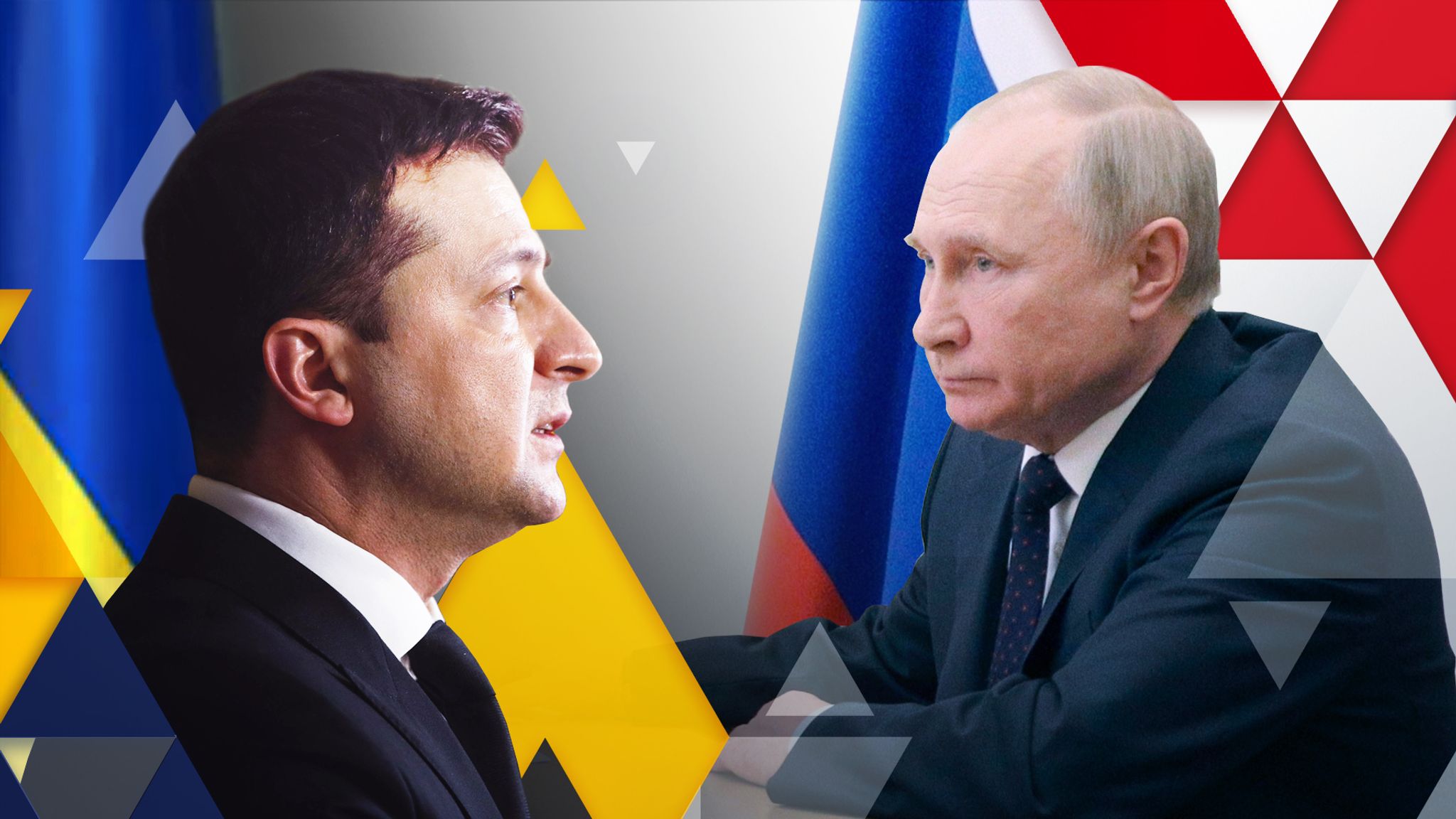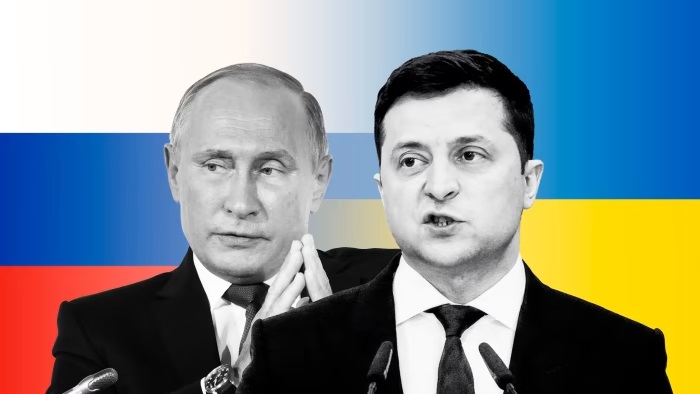
The conflict in Ukraine has garnered global attention, recognized as a proxy war involving major world powers. (Photo: Sky News)
Unveiling the Dynamics of the Ukraine Conflict and Russia’s Strategic Calculus
In recent events, the conflict in Ukraine has garnered global attention, recognized as a proxy war involving major world powers. Ukraine, supported by the United States and its NATO allies, is bravely defending its sovereignty against Russian aggression. This assistance, however, stops short of direct military involvement. The central question now revolves around the duration of this support and the essential persuasion of the electorate in Western democracies to sustain backing for Ukraine, despite the substantial financial costs.
The stakes are high, as Vladimir Putin seems to project an air of confidence regarding the eventual triumph of Russia. Despite its smaller economy compared to the EU and the U.S., Russia has shifted its focus to a wartime economy fueled largely by energy revenues from China. Additionally, the country boasts a considerable potential recruitment population under tight control. With these factors in play, Putin envisions outlasting the aid provided by Western democracies to Ukraine.
The situation prompted a reflection on the nature of proxy wars in the nuclear age, emphasizing that major powers now prefer indirect engagements over all-out conflicts. The historical parallels drawn from Vietnam, Afghanistan, and Korea underscore the significance of public support and a clear narrative in sustaining a prolonged proxy war. The critical importance of political and military leadership, trusted by the electorate, is emphasized as they endeavor to convey the objectives and outcomes of the conflict effectively.
READ ALSO: Russian Military Losses In Ukraine Are Very High—90% Of Their Pre-Invasion Forces Have Been Lost, According To U.S. Intelligence
In light of these developments, this presents a compelling analysis of the historical context of proxy wars, highlighting the intricate dynamics and lessons learned from previous conflicts. It demystifies the complexities of current geopolitical confrontations, particularly the war in Ukraine, shedding light on the strategic calculations of involved parties.
This thought-provoking overview provides valuable insights into the prevailing global dynamics, offering a comprehensive understanding of the ongoing proxy war, and the considered convictions of key players involved. It serves as a critical resource for comprehending the geopolitical landscape and the underlying forces at play in Ukraine’s struggle for independence.
READ ALSO: Ukraine Funding Stalled As Republicans Question Biden’s Strategy Amid Military Turmoil
























